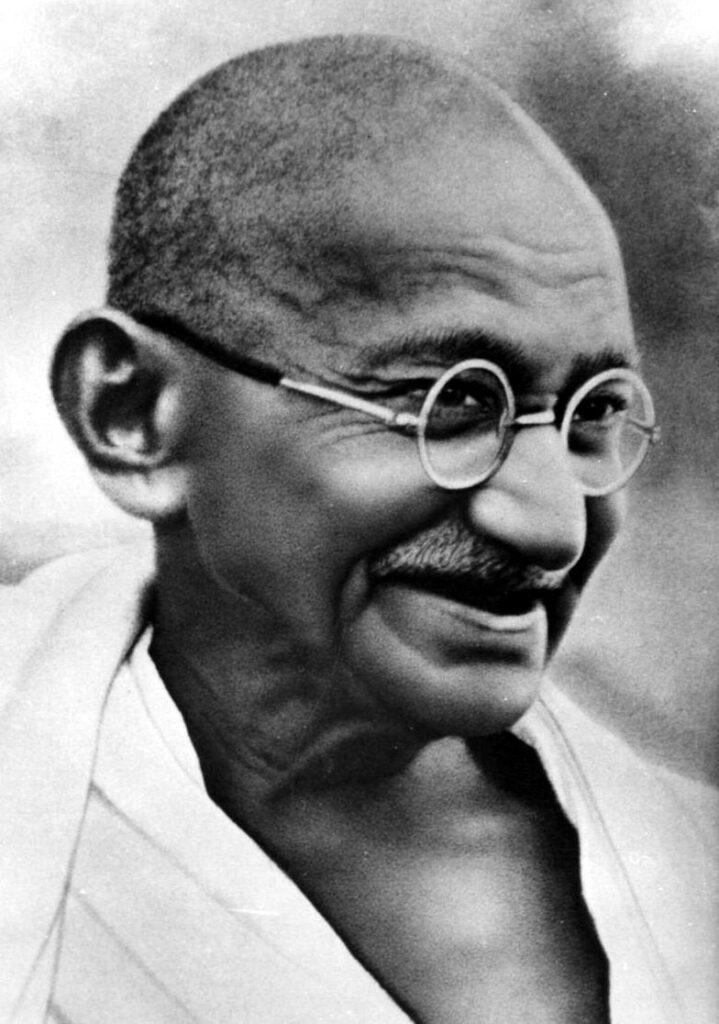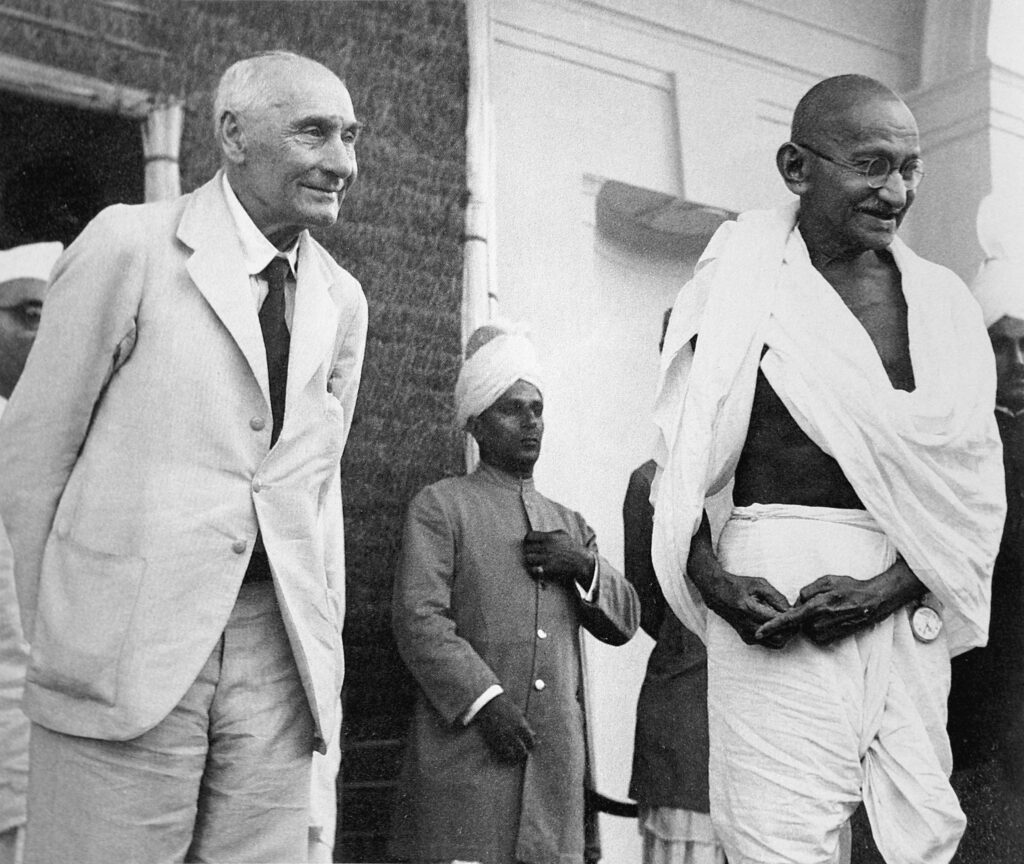Introduction
We’ve all seen that familiar smile on our currency notes — Mahatma Gandhi’s gentle, iconic face. But have you ever wondered why he was chosen?
How did Bapu end up becoming the face of Indian money?
In this post, let’s dive into the fascinating backstory — a mix of history, symbolism, and key decisions that led to one of the most recognizable designs in India’s banking history.

Before Gandhi: The Colonial Era
Before independence, our currency looked very different it — carried the faces of British monarchs like King George V and King George VI.
These notes were all about showcasing colonial power, with designs that felt formal, foreign, and completely disconnected from the Indian spirit. But after 1947, as India stepped into freedom, one of the first ways the country began to reclaim its identity was by reimagining its currency — a small but powerful symbol of national pride.
Why Mahatma Gandhi?
Mahatma Gandhi wasn’t just a leader — he was the soul of India’s freedom movement, a symbol of peace, courage, and non-violence. His ideals reflected exactly what the newly independent nation stood for.
When it came time to choose a symbol that could bring together people from every corner of the country — across languages, cultures, and regions — Gandhi was the obvious choice. Already respected around the world, he became the face that could truly represent the spirit of India.
The Big Change: 1996 Mahatma Gandhi Series
It was only in 1996 that Mahatma Gandhi officially made his way onto Indian currency. That year, the Reserve Bank of India introduced the Mahatma Gandhi Series, replacing the older “Lion Capital Series.”
The image chosen wasn’t random — it was based on a well-known 1946 photograph of Gandhi standing beside British official Lord Frederick Pethick-Lawrence. (Below Image)
What made this photo special was Gandhi’s warm, gentle smile — a calm and approachable expression that captured the essence of the man and what he stood for.
Below is the actual image from which the image of Mahatma Gandhi was taken and printed on the currency notes.

Image Source: commons.wikimedia.org
Who Decides What Goes on a Note?
Creating a banknote in India isn’t just about looks — it’s a carefully coordinated effort between the Reserve Bank of India and the Ministry of Finance. Every design goes through rounds of proposals, reviews, and intense testing, especially for security features. From the choice of colors and watermarks to the placement of Gandhi’s portrait and the hidden security threads — every detail is picked with purpose. It’s all about striking the right balance between beauty, durability, and protection against counterfeiting.
2016: A New Series, Same Face
After the bold demonetization move in 2016, the Reserve Bank of India rolled out the Mahatma Gandhi (New) Series — a fresh set of banknotes with updated designs, vibrant colors, and enhanced security features. Yet, one thing stayed the same: Gandhi’s presence. His image remained front and center, a powerful reminder that even in a fast-changing India, his legacy still holds deep meaning and relevance.
Interesting Facts
- Mahatma Gandhi is the only person ever featured on Indian banknotes.1
- His image appears on notes of all denominations in circulation today: ₹10, ₹20, ₹50, ₹100, ₹200, ₹500, and ₹2000 (until recently).
- The photograph chosen wasn’t about formality — it’s about warmth. It shows Gandhi in a natural, relatable moment, capturing the essence of who he was as a leader and human being.
Conclusion
Mahatma Gandhi’s face on our currency isn’t just a tribute to a leader — it’s a constant reminder of the values that shaped our nation: truth, simplicity, and unity. Every time we hold a banknote, we’re not just holding money; we’re holding a piece of history. A history that tells the story of a country and the man who helped define its very soul.

It?¦s actually a cool and useful piece of info. I am satisfied that you simply shared this helpful info with us. Please keep us up to date like this. Thanks for sharing.
https://www.zoritolerimol.com
Hi, this is nice
Thank you for your valuable feedback. We look forward to adding more insightful blogs soon.
Thank you
Sandeep
email: sandeep@factsdecode.com